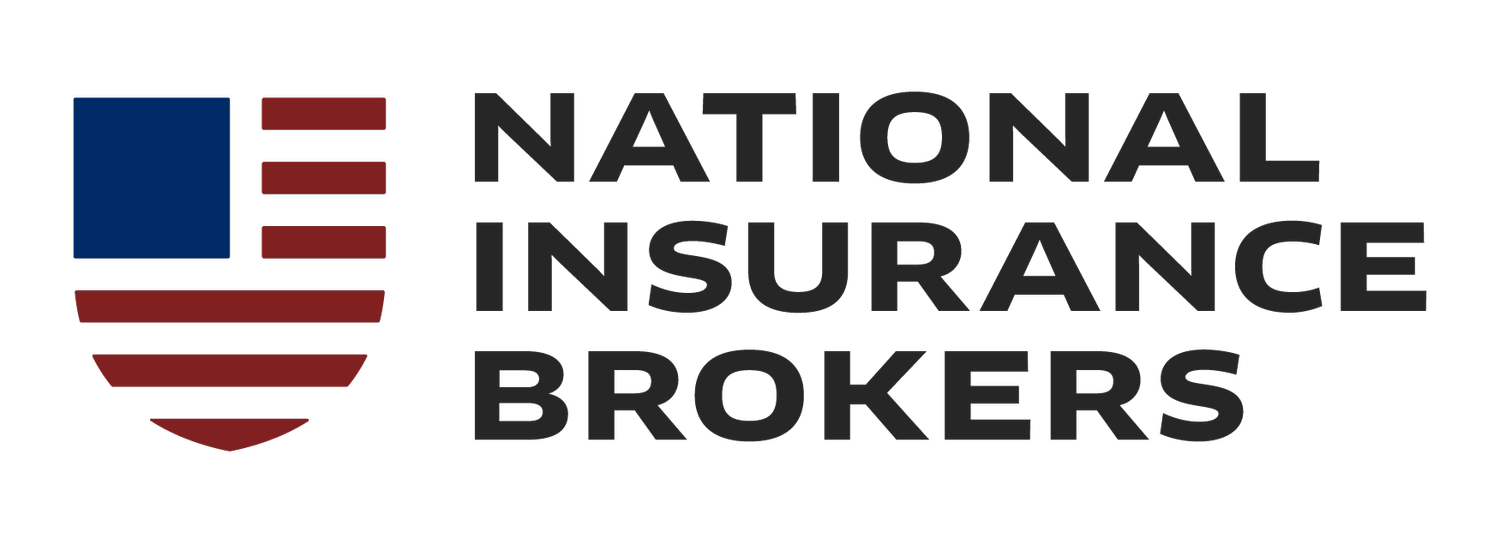Demystifying Insurance Terminology
Insurance is a complex industry with its own set of unique terms and definitions. Understanding the jargon of insurance terminology is essential for anyone looking to purchase an insurance policy, whether it be auto, health, or homeowners insurance. This article breaks down some of the key insurance terminology you should know.
Common Insurance Terminology and Definitions
Knowing some new key insurance terminology and insurance terms can make navigating your insurance policy or contract much simpler. Let's delve into some types of insurance and related terminology.
Auto Insurance and Liability Insurance
Auto insurance is a contractual agreement between you and an insurance company to cover various vehicle risks. It's required by law in most jurisdictions. The primary insurance company coverages include legal liability insurance for bodily injury or property damage you may cause to others and optional coverages like collision and comprehensive insurance.
Collision Coverage
Collision coverage is a specific type of auto insurance that provides insurance protection for damage to your car when you are involved in an auto accident. Whether you collide with another car or an object like a tree or a fence, collision coverage from the insurance company will typically pay for repair costs up to the actual cash value of your vehicle, minus any deductible.
Personal Injury Protection (PIP)
Personal injury protection, commonly known as PIP, is an extension of car insurance that covers medical expenses, and, in some cases, lost wages and other damages. PIP is often called "no-fault" coverage because the insurance company pays out claims irrespective of who is at fault in the accident. In many states, PIP insurance coverage from an insurance company is mandatory.
Comprehensive Coverage
Comprehensive coverage is an additional form of auto insurance that provides you with insurance protection against losses that are not related to accidents. This can include events like natural disasters, theft, or vandalism to insured property. Comprehensive insurance coverage usually also covers damage from fire, vandalism, or falling objects like tree branches or hail.
Health Insurance Policy
Health insurance is essential for handling medical expenses and health services and ensuring financial security in case of health issues. With a health insurance policy from your insurance company, you are protected from the high medical treatment costs and access to a network of healthcare providers.
Benefits
In insurance policy terms, "benefits" refers to the health care services provided under your insurance policy. This can include doctor visits, prescription drugs, preventative services, etc.
Copayment
A copayment is a predetermined rate for healthcare services at the time of the service. This amount varies based on the type of service and your insurance policy. For example, a doctor's visit might require a $25 copayment, while a hospital stay might necessitate a different copayment to your insurance company.
Out-of-Pocket Maximum
This term refers to the maximum amount of money you will have to spend on covered medical expenses in a single policy period, after which the insurance company will cover the remaining costs. After reaching your out-of-pocket maximum, your insurance policy will typically cover 100% of covered benefits for the remainder of the policy period. Reach out to your insurance company to find out the medical bills you’ll be paying in actual cash.
Home Insurance
Home insurance policy covers potential risks that can affect your home and personal property. This insurance coverage usually includes damage to your property and your liability for any bodily injury and property damage you or your family members cause to other people. This is also known as property damage liability coverage or property insurance. Bodily injury is particularly important, as you might have incurred medical payments, and the insurance will cover the legal liability.
Market Value
While market value is a term often associated with the estimated price of a company's stock, in the context of home insurance, it refers to the amount for which your property would sell in the current real estate market. Insurers sometimes use market value to determine the maximum amount they will pay for a claim related to property damage.
Life Insurance
Navigating the landscape of life insurance can be a complex endeavor, as there are various types to choose from. Term and whole life insurance are the most commonly understood types of life insurance policies. Understanding the nuances of each can help you make an informed decision on which type of insurance policy best suits your needs.
Term Life Insurance Policy
Term life insurance offers coverage for a set period or "term," which could range from 5 to 30 years. During this period, you pay premiums to the insurance company. If you happen to pass away within the insurance policy term, a death benefit is paid out to your beneficiaries.
Some term life insurance policies offer a feature known as "return of premium," where all your premiums are returned to you if you outlive the term. This option makes term life more attractive to some buyers but typically comes at a higher monthly premium.
Another variant is the "decreasing term" insurance where the death benefit drops, usually in one-year increments, over the insurance policy term, often aligned with the diminishing balance of a mortgage.
However, if the term expires and you are still alive, the insurance policy simply lapses and no benefit is paid. Due to its lower premiums and straightforward nature, a term life insurance contract is often the go-to choice for those seeking coverage for a specific timeframe—perhaps until the mortgage is paid off or children have graduated.
Whole Life Insurance From an Insurance Company
Whole life insurance is a permanent life insurance policy designed to cover your entire lifetime. Unlike term life insurance, a whole life insurance policy doesn't expire after a set number of years as long as the premiums are paid. It combines a death benefit with a savings or investment component, also known as the insurance policy's actual cash value.
Over time, this actual cash value accumulates and can be accessed during your lifetime for various needs. Whole life insurance policies are generally more expensive but offer lifelong coverage and the potential for actual cash value accumulation.
Some whole life insurance policies offer dividend options, where you may receive a portion of the company's earnings. These dividends can be used to reduce premiums, purchase more coverage, or even taken out as actual cash.
However, dividends are not guaranteed and depend on the company’s financial performance. Universal life insurance is another permanent insurance type, offering more flexibility in premiums and death benefits but with potentially higher risks in actual cash value performance.
Choosing between a term and whole life insurance policy depends on your financial goals, lifetime coverage needs, and investment preferences. Whichever you choose, a life insurance policy offers a way to provide financial security for your loved ones in the event of your untimely passing. As with any insurance policy, understanding the terms and conditions of the insurance company is essential for making the most informed decision.
As with any insurance questions, we here at National Insurance Brokers are equipped to help navigate even the most complex insurance needs and questions. Contact us today for all your insurance needs.

